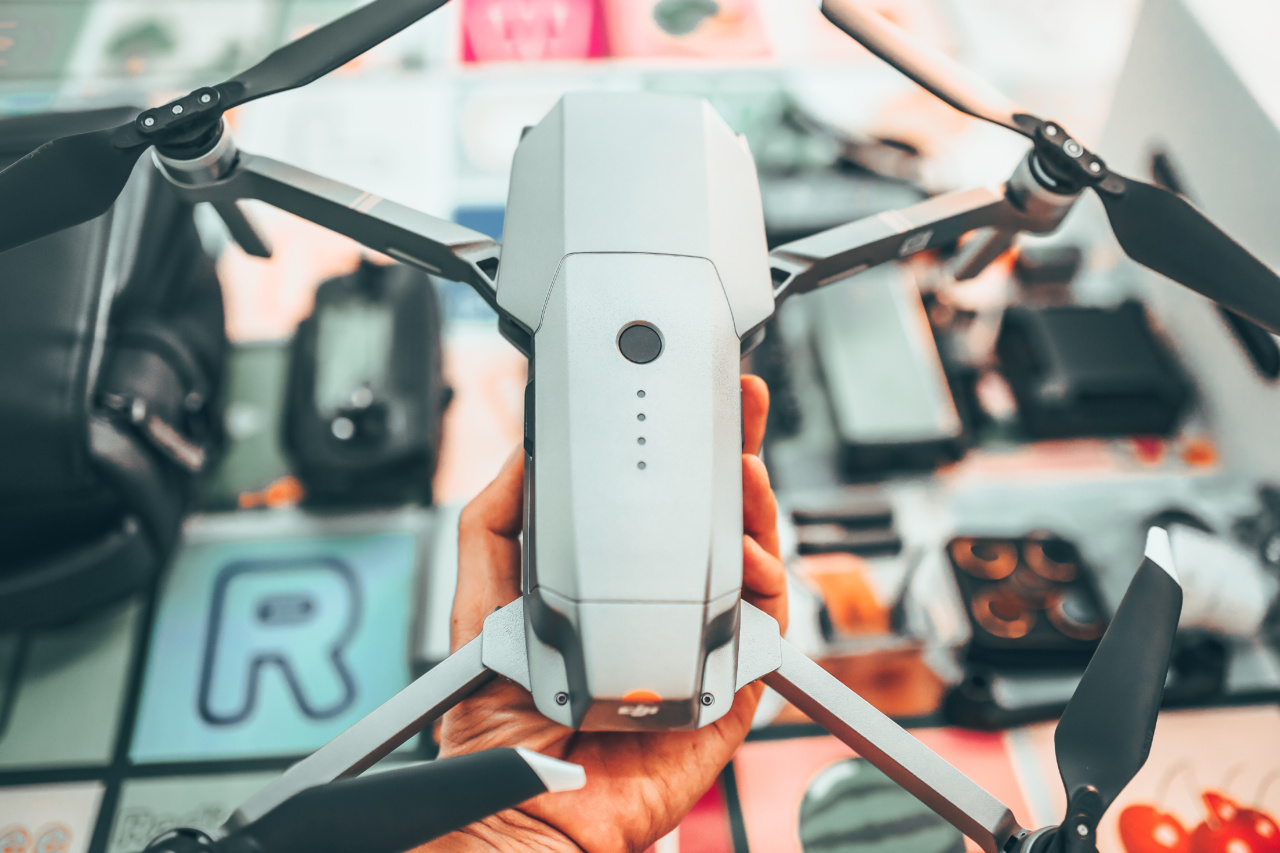When it comes to enjoying outdoor activities, having the right gear can make all the difference.
Whether you are hiking, camping, or engaging in any other outdoor adventure, using your gear properly ensures not only your safety but also your overall experience. In this article, we will explore the essentials of proper outdoor gear use, giving you tips and insights to make the most out of your outdoor endeavors.
1. Research and choose the right gear
The first step in using outdoor gear effectively is to research and choose the right equipment for your specific activity. Different outdoor activities require different gear, and understanding the specific requirements is crucial.
Whether it’s a tent, backpack, cooking equipment, or hiking boots, invest time in researching the essential gear that provides the necessary features and functionality for your intended use.
2. Read and understand the manufacturer’s instructions
Once you have your gear, take the time to read and understand the manufacturer’s instructions. Each piece of outdoor gear is designed with specific instructions and guidelines for optimal use.
Familiarize yourself with these instructions to ensure you are using your gear correctly and safely.
3. Practice setting up and using your gear
Before heading out into the wilderness, it’s important to practice setting up and using your gear. This applies especially to items such as tents, stoves, and navigation tools.
Setting up your tent in the comfort of your backyard or practicing using your stove at home allows you to become familiar with the gear, making it easier and faster to set up and use when you are out in the field.
4. Check and maintain your gear regularly
Outdoor gear undergoes wear and tear due to exposure to various environmental conditions. Regularly inspect your gear for any signs of damage or wear, such as frayed straps or holes in your tent.
It’s essential to fix or replace damaged gear before heading out on your next adventure to ensure its reliability and your safety. Additionally, proper maintenance, such as cleaning and waterproofing, helps extend the lifespan of your gear.
5. Learn and practice proper packing techniques
Efficiently packing your gear is not only about fitting everything into your backpack or vehicle but also ensuring easy access and weight distribution.
Learn and practice proper packing techniques to make the most of the available space and minimize the risk of damage. Organize your gear into separate compartments or stuff sacks and distribute the weight evenly to maintain balance and stability during your outdoor activities.
6. Layer your clothing appropriately
Layering your clothing is crucial for outdoor activities as it allows you to adapt to changing weather conditions and body temperature. Learning how to layer properly ensures you stay comfortable and protected from the elements.
The three main layers are the base layer, insulation layer, and outer shell layer. Each layer serves a specific purpose, from moisture management to insulation and protection against wind and rain.
7. Practice proper footwear selection and usage
Your choice of footwear plays a significant role in your comfort and safety during outdoor activities. Select appropriate footwear that suits the terrain and activity you will be engaging in.
Properly fitted hiking boots, trail runners, or sandals provide necessary support, stability, and grip. Additionally, learn how to use different types of footwear, such as crampons or gaiters, for specific conditions or terrains.
8. Follow safety guidelines and precautions
Outdoor activities always come with their share of risks, and following safety guidelines and precautions is essential for a successful and safe adventure.
Whether it’s checking the weather forecast, informing someone about your plans, or carrying essential safety equipment such as a first aid kit or a whistle, be sure to prioritize safety at all times.
9. Learn basic repair skills
Being prepared for unexpected situations is crucial, and learning basic repair skills can save your outdoor experience.
Whether it’s fixing a torn tent, repairing a broken backpack strap, or patching up a leaky mattress, having the skills and tools to make necessary repairs ensures your gear remains functional and reliable throughout your trip.
10. Respect nature and leave no trace
Lastly, using your outdoor gear properly involves respecting nature and practicing Leave No Trace principles. Minimize your impact on the environment by packing out all trash, avoiding sensitive areas, and adhering to local regulations.
By being responsible stewards of the outdoors, we can preserve these beautiful landscapes for future generations to enjoy.






























